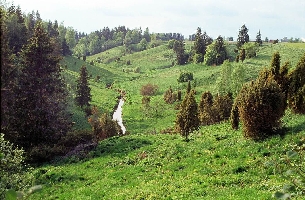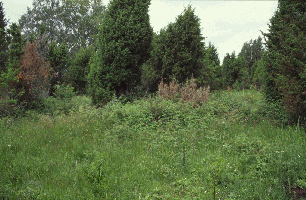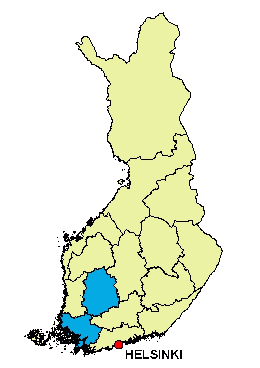see also the following MEDIATION Policy Briefs:
This case study is being undertaken by the Finnish Environment Institute (SYKE), Helsinki, Finland in co-operation with the Stockholm Environment Institute (SEI), Oxford office, UK.
Participants: Timothy Carter, Hanna Mela (SYKE Climate Change Programme); Risto Heikkinen, Janne Heliölä, Niko Leikola, Juha Pöyry (SYKE Natural Environment Centre); Aino Inkinen, Olga Mashkina, Anna Tainio (SYKE Environment Policy Centre); Alistair Hunt, Paul Watkiss (SEI)
For more details, contact: Anna Tainio (until 31.9.2013)
Semi-natural grasslands have very high species diversity in northern Europe, including Finland, and their persistence is crucial for the protection of biodiversity (Fig. 1) and the accompanying ecosystem services such as pollination. A farmer may sometimes be tempted to turn a semi-natural habitat into cultivated field to get higher income, or in some other case simply give up the management of such habitats, which eventually leads to loss of biologically valuable grasslands (Fig. 2). In the course of climate change, the future policy options for maintaining grassland biodiversity should take into account this conflict between the farmers' decision making based on economical reality on one hand, and the need to preserve viable grassland networks for biodiversity on the other.

Fig. 1 Traditionally managed semi-natural grasslands harbour high biodiversity, and often also red-listed plants, butterflies and other insect species. Photo: Miska Luoto
|
|

Fig. 2 Abandoned grassland site in Pirkanmaa, central Finland. Cessation of traditional management results in the decline of grassland species, as abandoned sites are quickly overgrown by scrubs and tree saplings. Photo: Janne Heliölä
|
This case study assesses the natural adaptation possibilities of grassland butterflies in Finland in terms of distributional shifts under changing climate, as well as their ability to persist in the network of (managed) grassland sites in two focal regions, Southern-Western Finland and Pirkanmaa region (Fig. 3). The study also addresses the societal adaptation issue by analysing the need for human interventions. Specific attention is paid for increasing the amount of grassland sites managed with the support of agri-environmental scheme (AES) because these measures may critically enhance species' possibilities to disperse to new areas. Using GIS analysis, the study assesses the spatial variation in the amount semi-natural grasslands in the two focal regions to identify the potential bottlenecks that may prevent grassland butterflies from dispersing to new climatically suitable areas. Based on the outputs from bioclimatic envelope models and the associated GIS analysis, this biodiversity case study provides the first-filter assessment of where grassland butterflies are likely to face most severe difficulties in population persistence and/or dispersal. These analyses are completed by estimating the cost-effectiveness of certain alternative conservation options which could support the persistence of grassland species.

Fig. 3 The two regions in Finland, South-Western Finland and Pirkanmaa, which constitute the focal areas in the biodiversity case study
|


